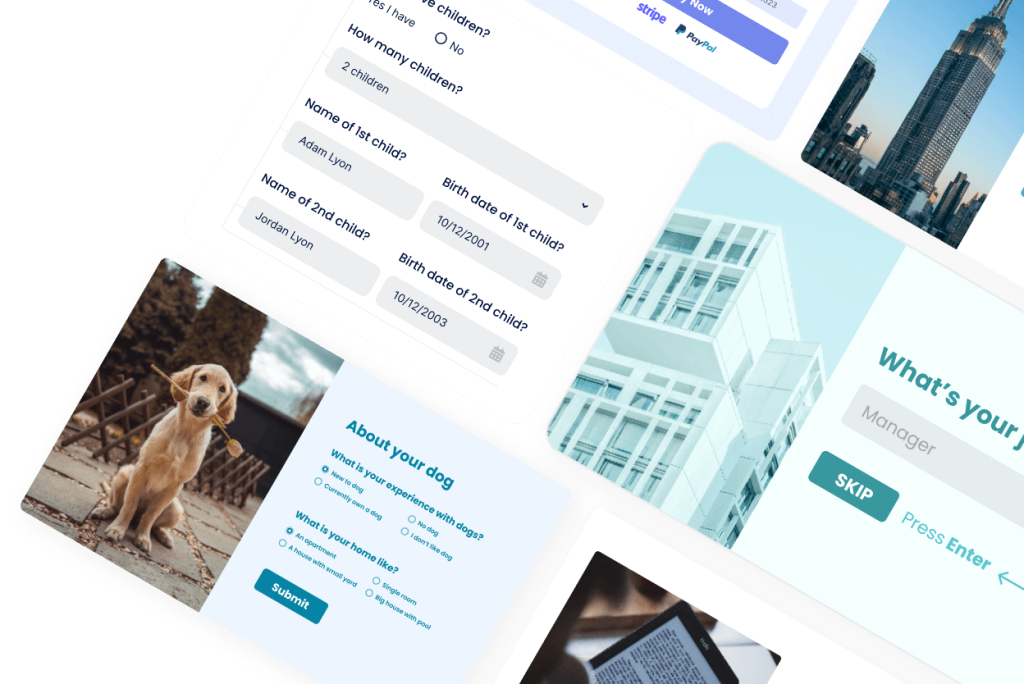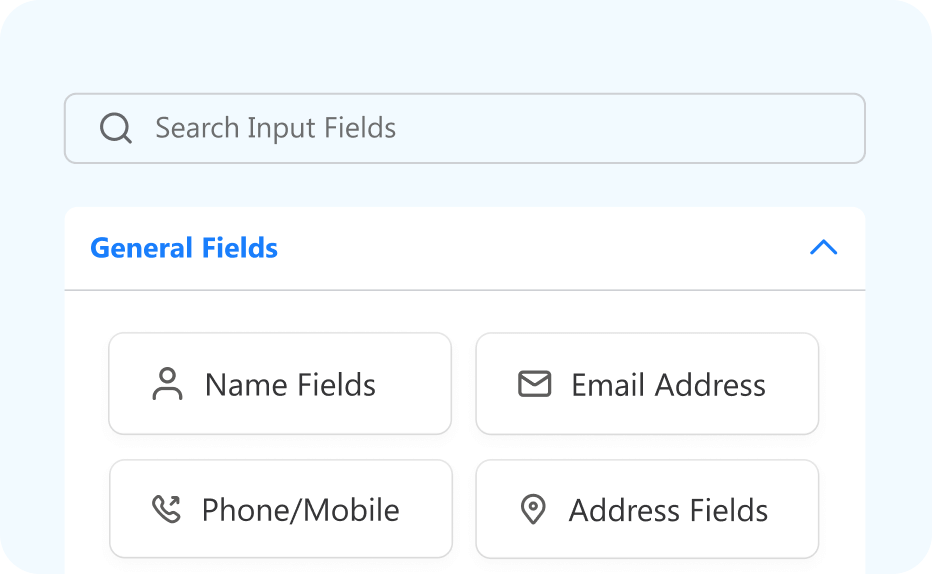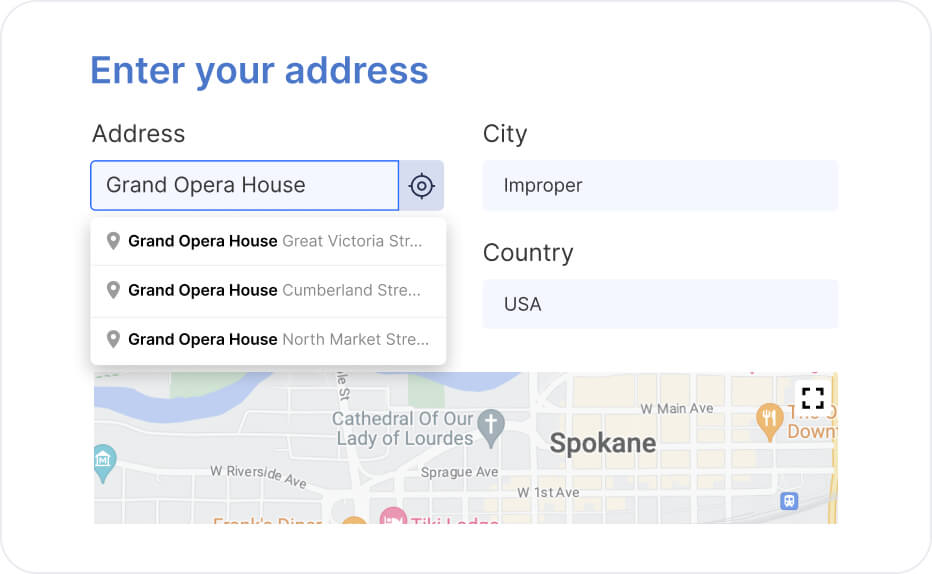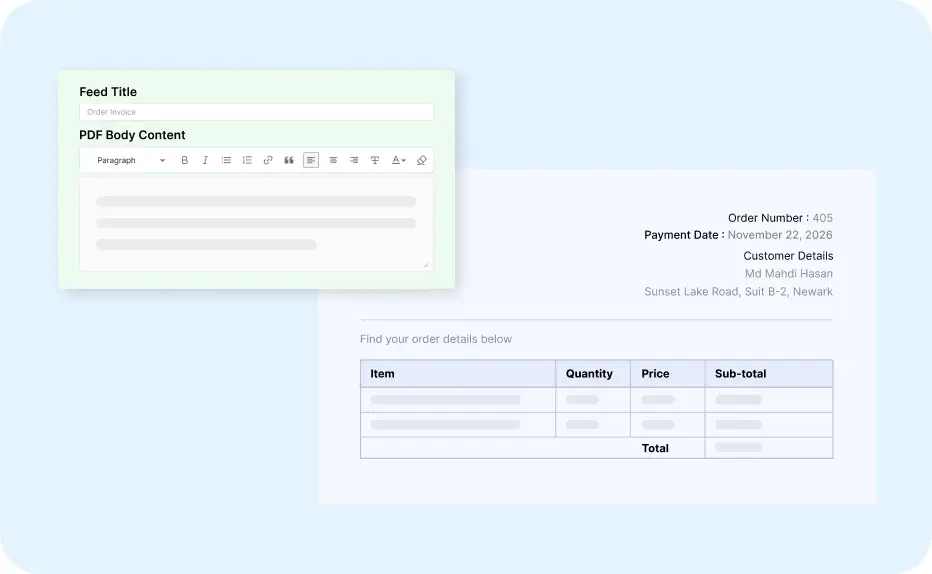Features of
Fluent Forms
Supercharge your online business with powerful form creation and endless customization.
Form Building
Create dynamic forms using intuitive tools, advanced functionality, and a wide range of powerful versatile features for every need.
Drag & Drop Form Builder
Effortlessly create and customize forms with a seamless drag-and-drop experience.
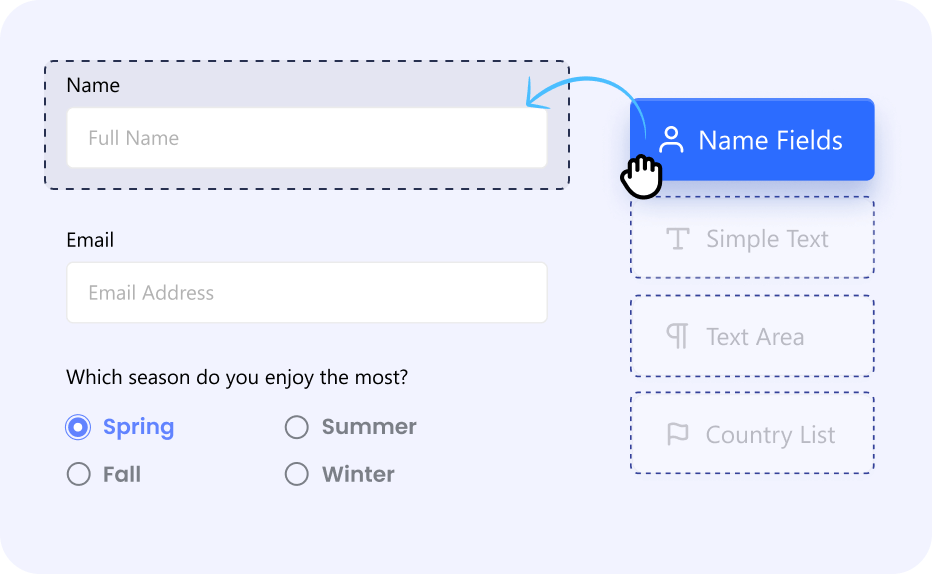
Pre-built Form Templates
You know what’s fun? Selecting a template and building forms in no time. Dozens of templates are ready to be used.
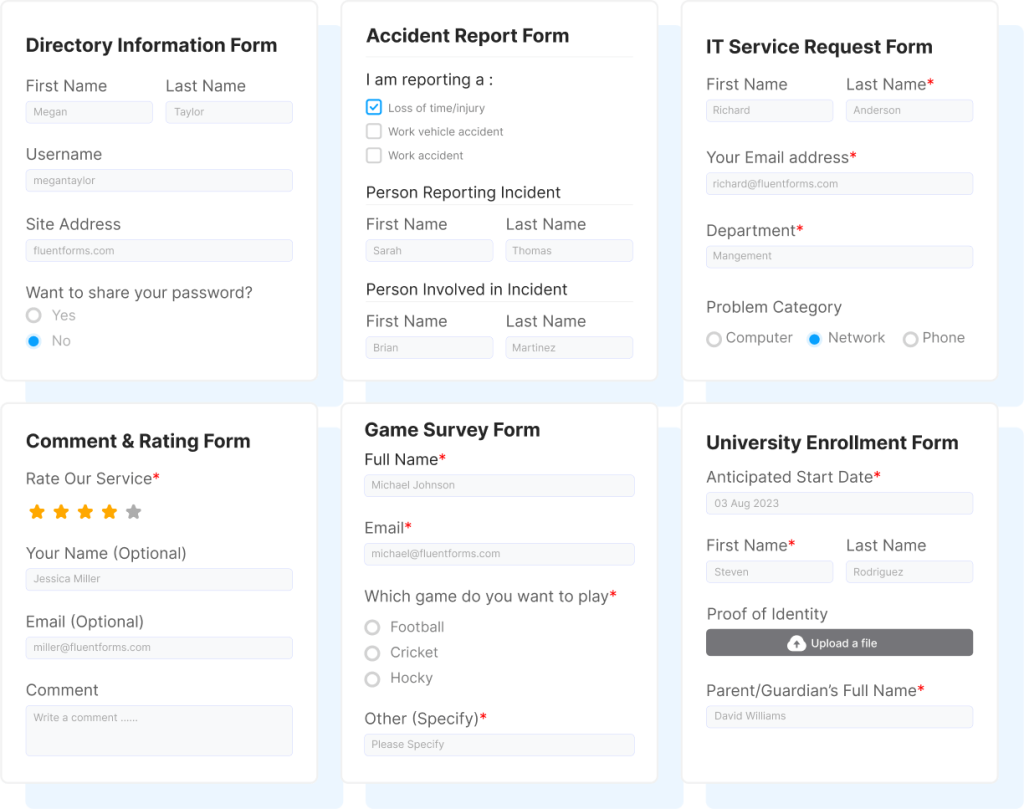
Numeric Calculation
Enhance forms with smart calculations to deliver real-time results and functionality.
File & Image Upload
Simplify user interactions by supporting file and image uploads in your forms.
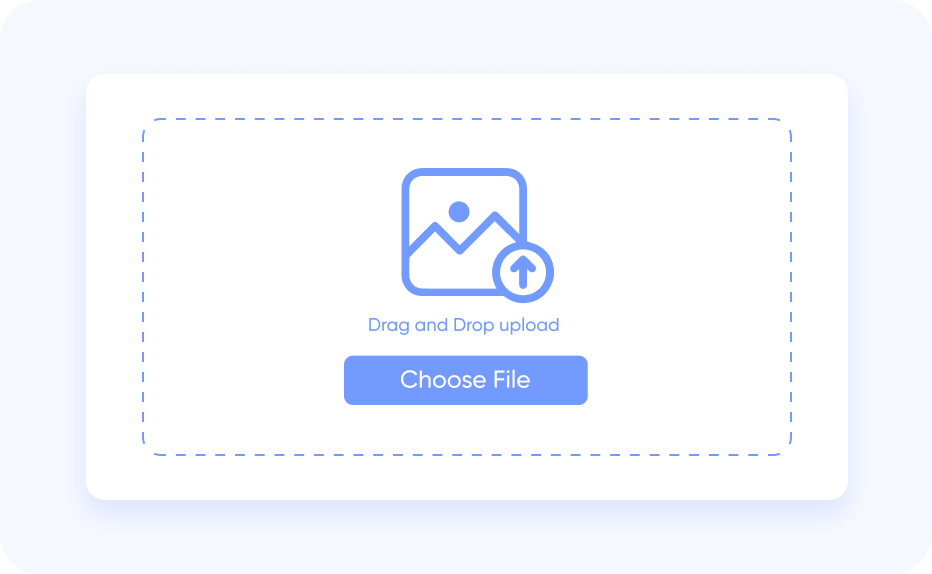
Multi-Step Forms
Break long forms into multiple steps so that users feel comfortable completing forms, and conversion rate goes high.
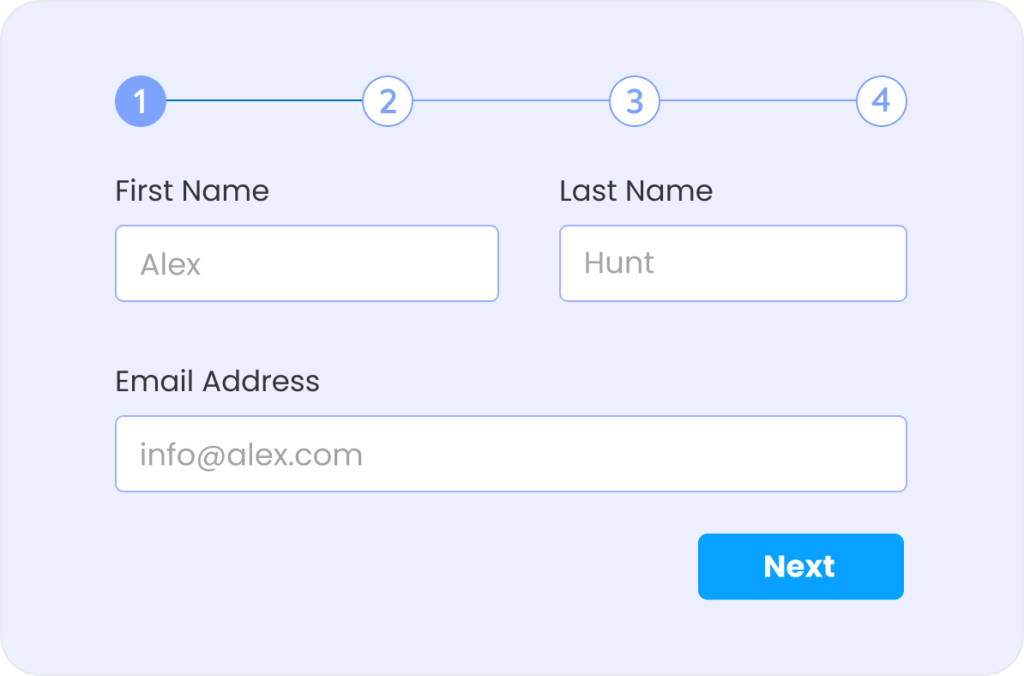
Advanced Functionalities
Go beyond the basic form-building capabilities with the advanced functionalities to collect customers’ information in a more efficient way.
Conversational Forms
Redefine form-filling experience and introduce a new way to start conversation with your customers through interactive web forms and show brilliance in design.
User-Generated Content
Automate content creation by empowering users to contribute content directly through your forms.
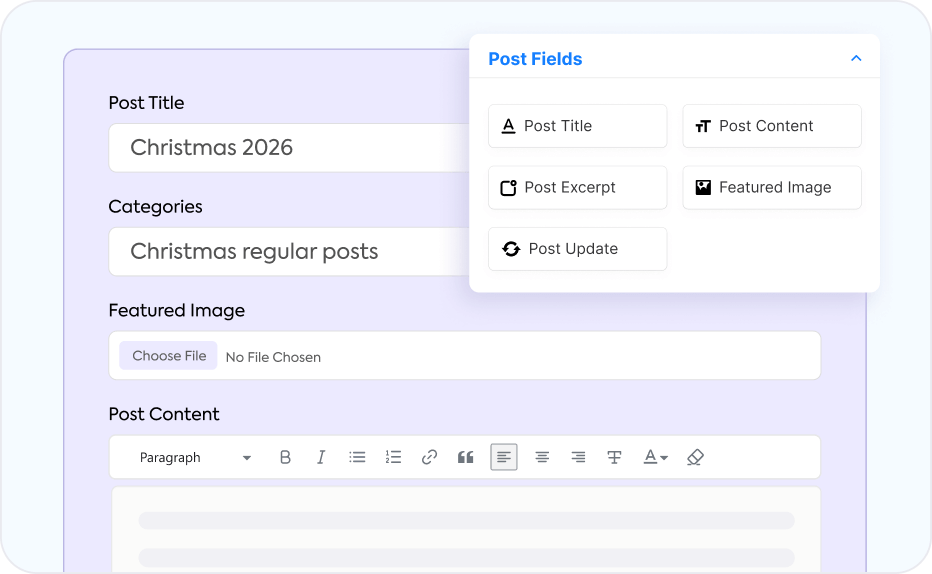
Payment
Simplify transactions with popular payment integration, enabling seamless purchases, donations, or subscriptions within your forms securely.
Spam Protection
Enable reCAPTCHA, hCaptcha, Turnstile and more spam protection tools to prevent spam.
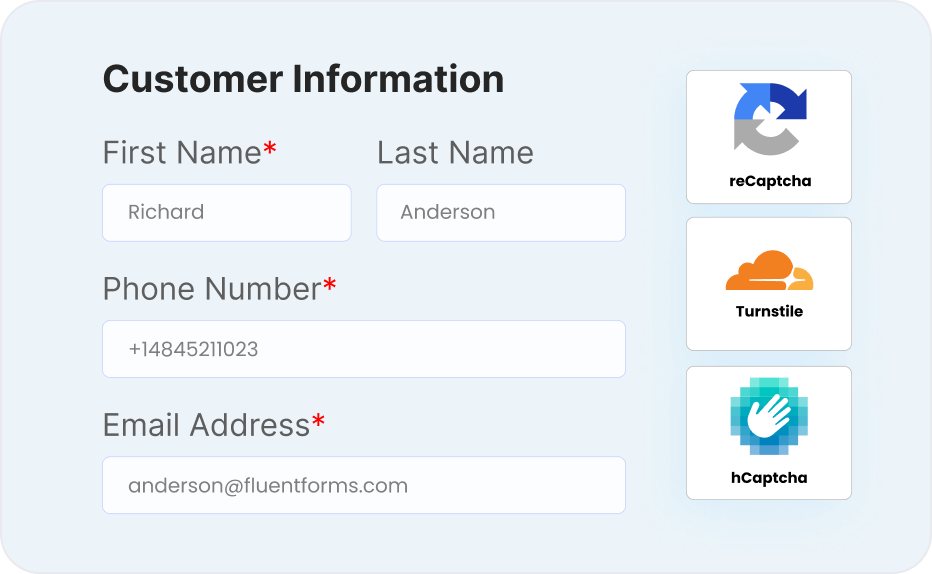
Quiz and Survey
Quizzes are fun. Build different quizzes, explore advanced scoring, and notch up your lead gen goals.

Build advanced forms to serve your needs
Form Customization
Advanced functionalities don’t necessarily make your customers provide their information willingly. Style forms in a better way with the built in styling tools and more.
Advanced Form Styler
Set your brand tone using custom styling. Style your forms as you want or import from other forms.
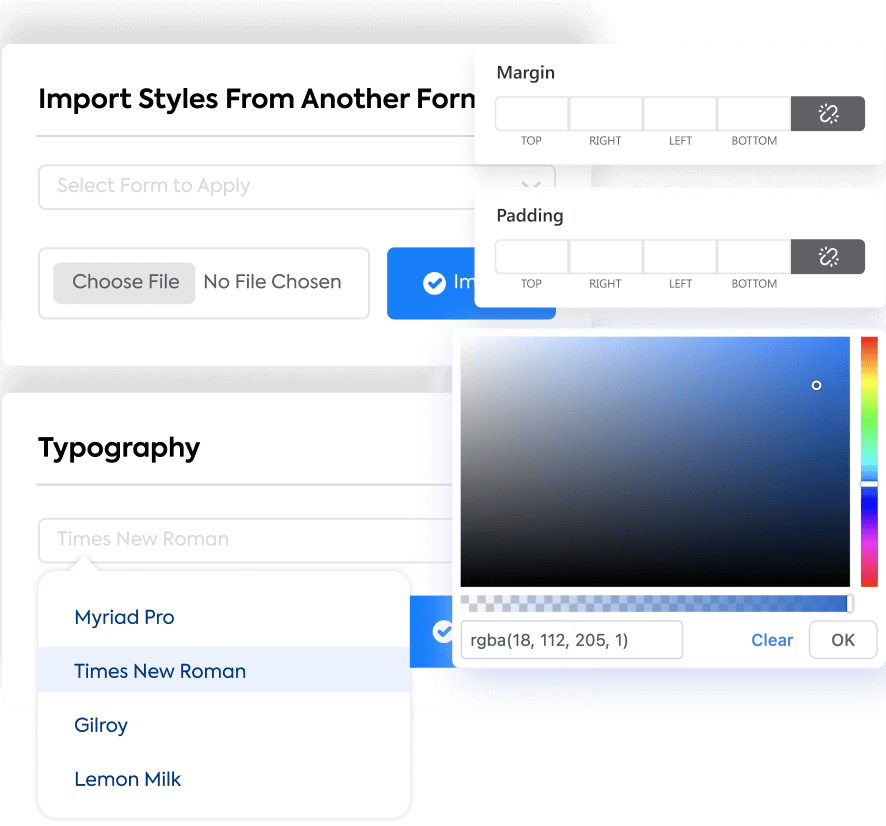
Multi-column Form
Want to change the typical one-column layout? Use Fluent Forms and use a two or three-column layout.
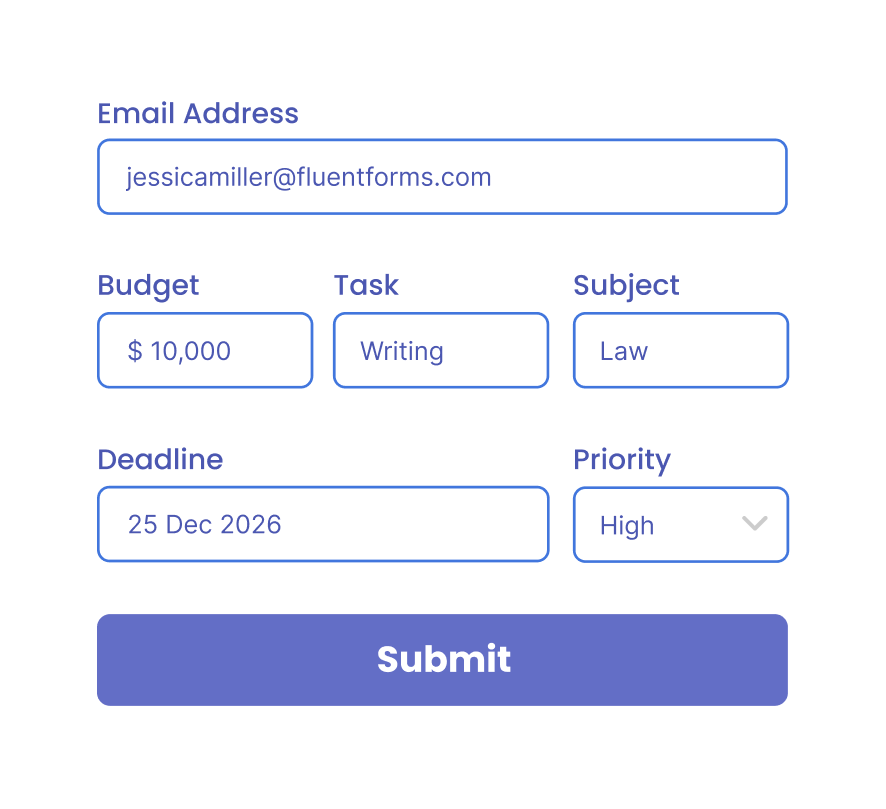
Custom CSS and JS
Need more freedom? Use custom CSS and JS to level up your form building. Customize your forms to fulfill your needs.
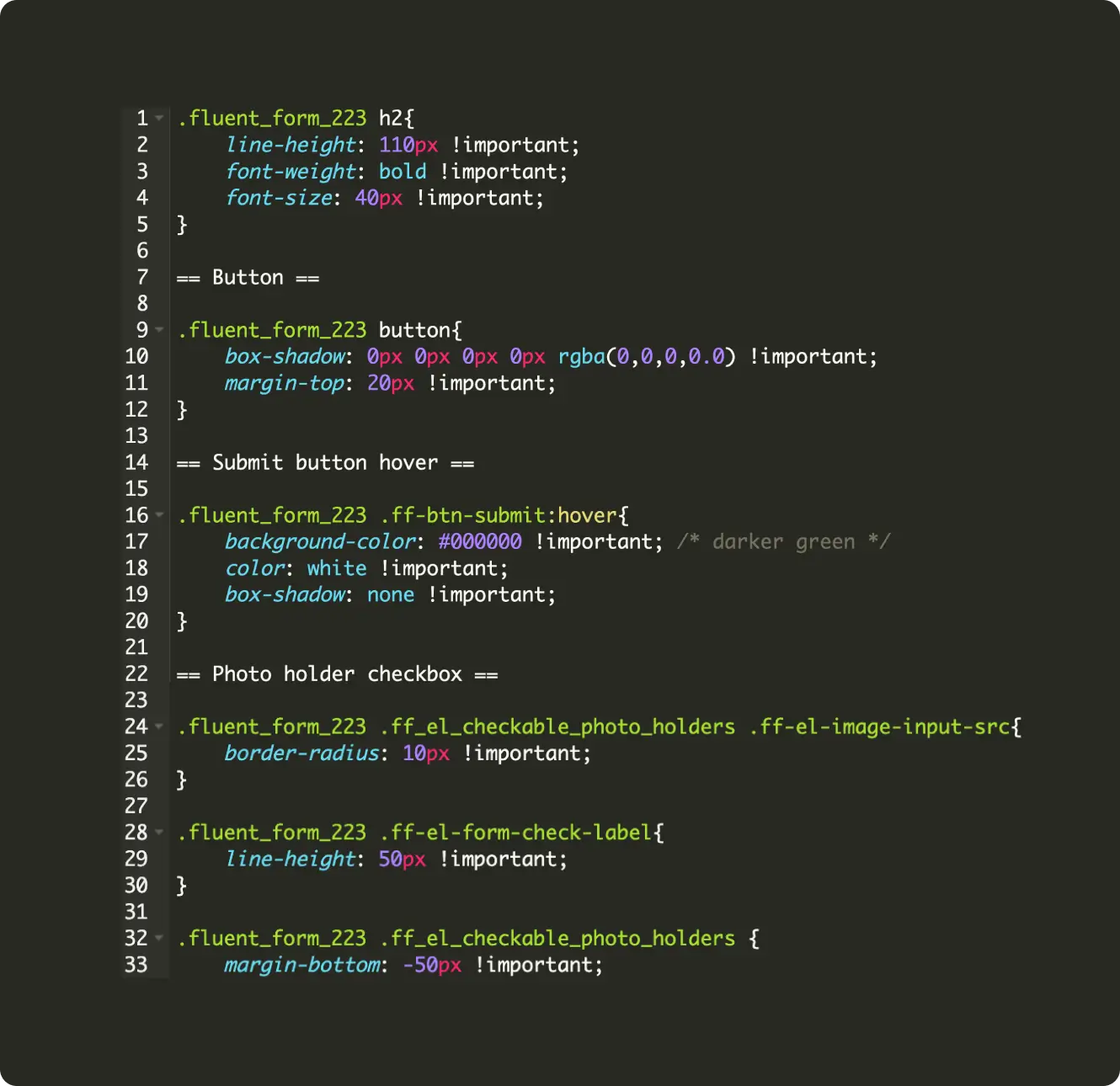
Landing Page Creation
Turn your forms into beautiful landing pages without the need to put shortcodes in pages and design again!
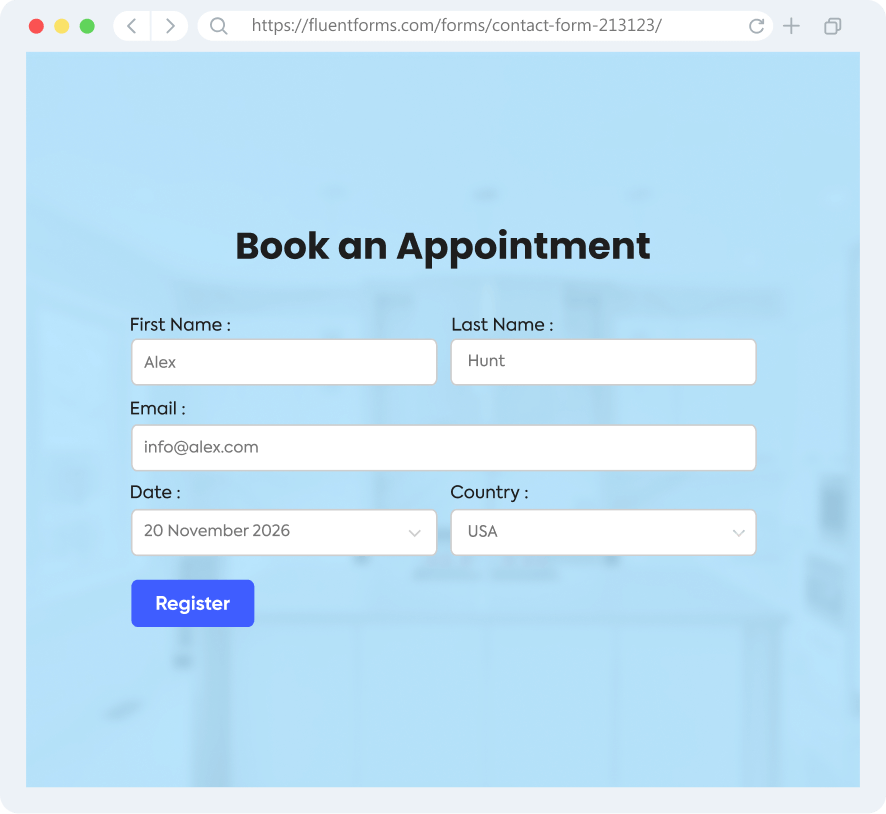
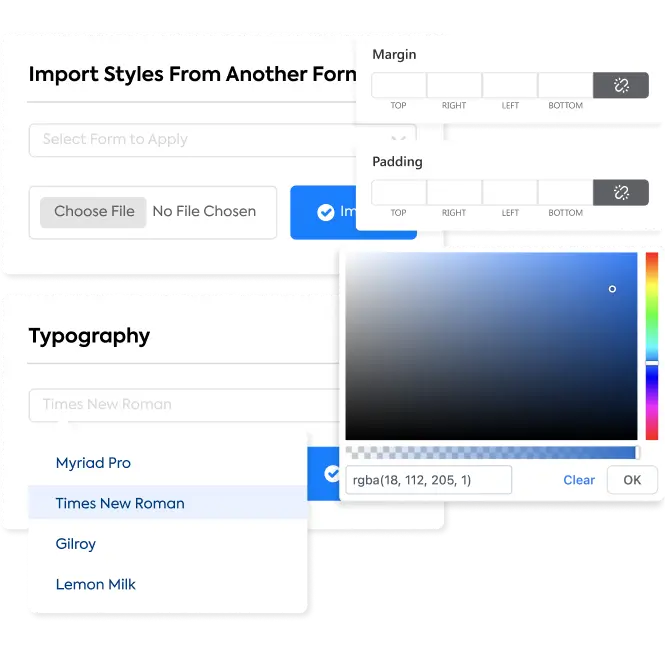



Form Data & Integration Management
What good is data if you can’t utilize it properly? Connect Fluent Forms with the tools you love for managing your data and taking effective data-driven decisions.
New
Reporting Dashboard
View form stats, track submissions and payments, analyze trends, and export reports in PDF – all in one dashboard.

Export and Import Forms
Export forms in .json format and import them in other WordPress websites.

Export Entries
Further analyze your data by exporting form entries in various formats.
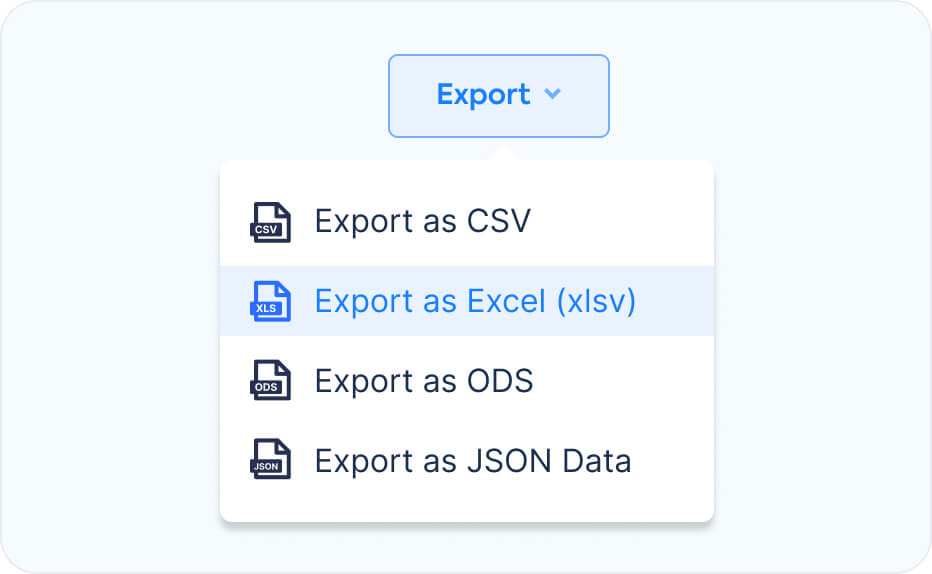
60+ Third-party Integrations
Supercharge your workflow with powerful integrations for automation, CRM, payments and more. Build forms that do the work for your business.

ChatGPT Integration
Create forms in a flash using AI prompts and make confirmation messages more intelligent than ever.

Fluent Forms other features
If you haven’t yet found what you are looking for, here is a glimpse of more features Fluent Forms has to offer.

1-click Form Migration
Migrate from other forms plugin without any hassle or losing your data.

CLI Support
Get Command Line Interface (CLI) capabilities with Fluent Forms. Easily control your forms.

GDPR Compliance
Fluent Forms comes with GDPR Agreement Field, so your leads privacy stay safe.

Action Hooks for Developers
Action hooks unlock advanced form functionalities that are not natively integrated.

Save and Resume
User can save forms and resume the form submit process using the same form link.

Partial Entries
Don’t lose any data even if users are only completing a few steps and leaving forms incomplete.

Form Scheduling
Schedule a form when you want to show it, and restrain when you don’t allow users to submit.

Double Opt-in Confirmation
Verify each submission and make sure that only valid and engaged users make it to your contact list.

Prevent Empty Submission
Enabling this won’t allow users to submit empty forms when there are no required form fields.

Visual Data Reporting
Based on the submitted entries, Fluent Forms will create charts to better understand the data.

Email Summaries
Know how your forms are performing, get a weekly summary to your provided email.

Coupon
Offer leads the ability to use coupon codes. You can offer multiple coupons using Fluent Forms.

Dynamic Fields
Give users the flexibility to make real-time choices based on dynamic data.

Print Entries
Easily generate organized, printable records of form entries for seamless record-keeping and sharing.

Filter Entries
Filter entries by applying multiple criteria to quickly search specific form submissions.

Version History
Access previous versions to track changes and restore any previous versions with ease.

Role Manager
Control form management permissions for form-specific access and customized user roles.

Repeat Fields
Let users add duplicate fields as needed to enhance flexibility and meet their unique requirements.

Admin Approval
Accept or decline form submissions to ensure that submitted data meets your requirements.

User Registration
Onboard new users to your website with a streamlined user registration process that simplifies sign-up.

Inventory
Track product availability in real-time and ensure accurate inventory management.

Email Notification
Get instant email notification when someone submit a form. Use CC, BCC & conditional logic if needed.

Conditional Confirmations
If your leads fail to meet certain logics or perform certain actions, send customized messages.

Form Finder
Easily find in which pages your forms are being used directly from your form dashboard.

Advanced Form Validation
Ensure data accuracy with advanced validation rules designed to block irrelevant submissions.

Auto Delete Entries
Delete user entries after a specified time to comply with certain data retention policies.

Fully Responsive
Enjoy a seamless experience on any device with a design that adapts perfectly to any screen size.
Create Powerful Forms for Every Need
We understand your needs, that’s why Fluent Forms comes with affordable pricing without compromising any features.
$47/year
Single Site License
1 Domain License
Most Popular
$159$95/year
Agency License
5 Domain License
$179/year
Unlimited License
Unlimited Domain License
$244
Single Site License
1 Domain License
Most Popular
$599$419
Agency License
5 Domain License
Questions in Mind? We Have Them Answered.
Join 600K+ happy customers all over the world
